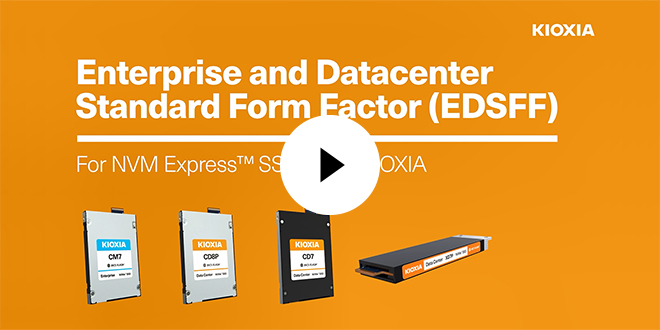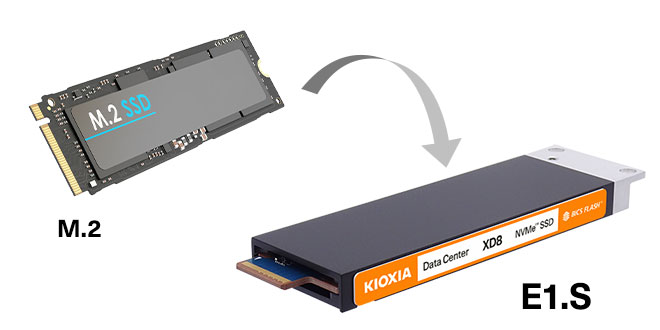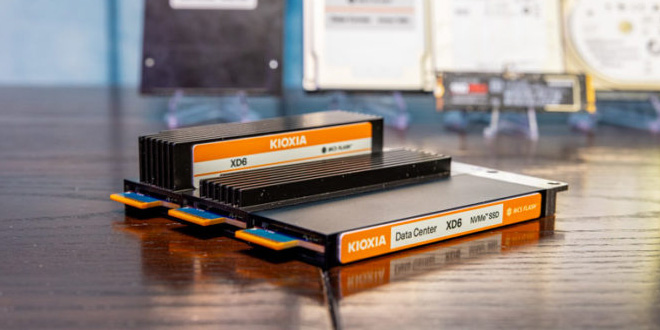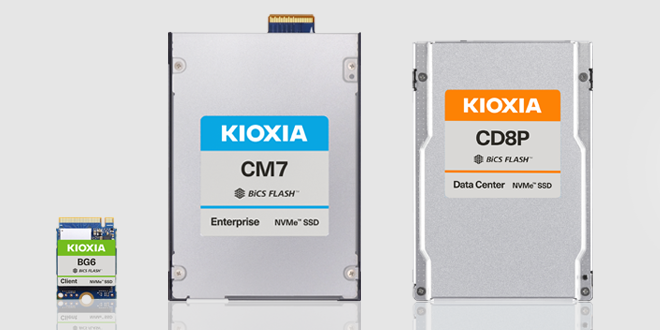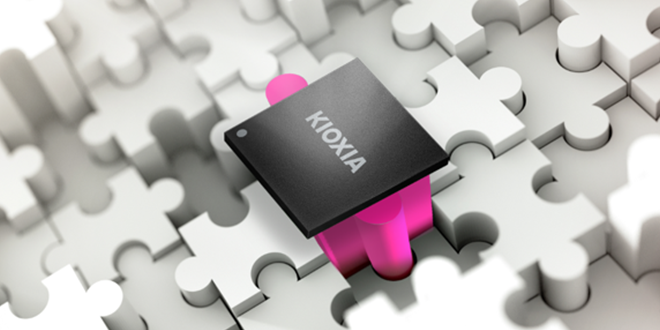Please select your location and preferred language where available.
EDSFF - A New SSD Form Factor for Next Gen Servers and Storage
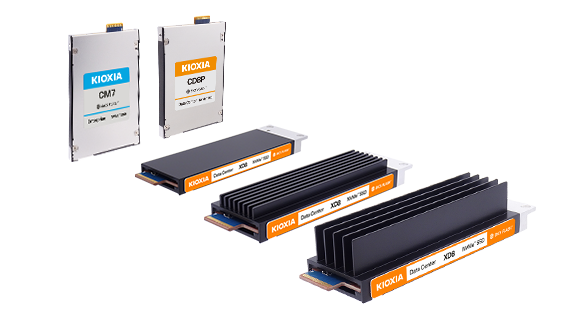
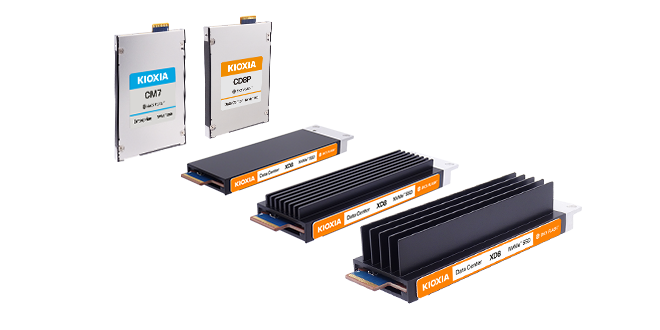
The Future of Enterprise and Data Center Storage is EDSFF
EDSFF stands for Enterprise and Datacenter Standard Form Factor. The initial version of the EDSFF specification was created by SNIA SFF Technology Affiliate organization to address the concerns of data center storage. EDSFF aims to address the issues and limitations enterprise and data center users face with legacy form factors by designing a new specification meant for NAND flash memory and other devices. The benefits include, but aren’t limited to, better signal integrity and the ability to deliver more power to an SSD for superior performance.
The Benefits of EDSFF
Flexibility
EDSFF connector design is compliant to the same connector standard specification across all EDSFF configurations, and it can be used without limitation on the number of lanes and is flexible to chassis and backplane designs.
Powerful
EDSFF is designed to support higher power up to 70W*, delivering superior performance, while 2.5-inch SSDs using the SFF-8639 connector typically max out at 25W.
* The design value of maximum power depends on the device.
Higher Performance
EDSFF can support up to 4x higher performance in a 4C configuration with 16 lanes and 2x higher performance in a 2C configuration with 8 lanes than a 4 lane 2.5-inch SSD (U.2 or U.3). *
* The number of lanes depends on the device. As of October 2025, KIOXIA does not support SSDs beyond PCIe® x4 lanes.
Efficient
The EDSFF is designed with efficient use of space and surface area, improving thermal dissipation and allowing for higher density chassis.
Versatile
EDSFF is designed to support other PCIe® devices, such as NICs or accelerators, that can be used in the same chassis not limited to SSDs.
Which EDSFF Is Right for Me?
EDSFF E3
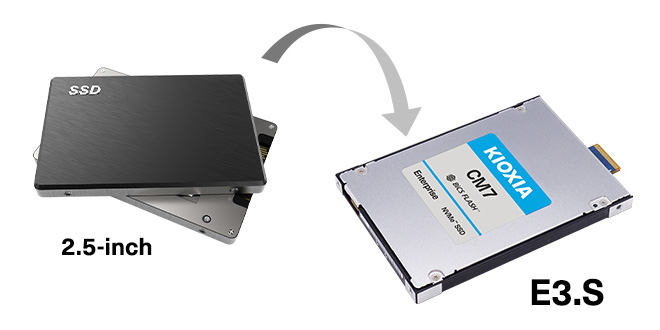
- E3 SSDs can utilize up to 16 PCIe® lanes with power profiles up to 70W *
- E3 SSDs utilize the robust EDSFF connector, allowing for high data rates
- E3.L 2T form factor enables approximately 2x higher capacity compared to 2.5-inch form factor **
* As of October 2025, KIOXIA does not support SSDs beyond PCIe® x4 lanes.
** Estimate by KIOXIA.
EDSFF Architecture Requirements
Taking into account ‘what’s needed’ for a new form factor architecture given 2.5-inch and M.2 drive limitations, the resulting architecture needs to be a balance of these requirements to achieve an optimal design:
Signal Integrity Issues: May be apparent in next-generation high-frequency interfaces such as the upcoming PCIe® 6.0 interface specification.
Link Widths: Multiple host connection link widths should support device types with link widths up to PCIe® x16 connections.
Physical Serviceability: Hot-swapping drives without having to power down an entire server.
Power Envelopes: Options should be available that scale power envelopes to higher power devices, including options for PCIe® 4.0 and PCIe® 5.0 NVMe™ SSDs.
Thermal Capabilities: Capabilities that enable continued operations in extreme server temperature environments. Improved airflow can be very beneficial to a system and is based on airflow volume versus system temperature. When larger heatsinks are used, SSDs can be effectively cooled with reduced airflow volume or allow for higher power consumption at the same airflow volume.
Capacity: Enclosure widths that provide optimal space for flash memory chips, which in turn can enable higher capacity SSDs and more capacity per allowable space.
Presence Detect: Allows an SSD to be detected in the system if the device is powered off or removed.
PCIe® Generations: The EDSFF connector is designed to support PCIe® 5.0 and PCIe® 6.0 specifications, and possibly beyond.
- Product image may represent a design model.
- PCIe is a registered trademark of PCI-SIG.
- NVMe is a registered or unregistered mark of NVM Express, Inc. in the United States and other countries.
- Other company names, product names, and service names may be trademarks of third-party companies.
- All rights reserved. Information, including product specifications, content of services, and contact information is believed to be accurate as of October 2025, but is subject to change without prior notice. Technical and application information contained here is subject to the most recent applicable KIOXIA product specifications.
